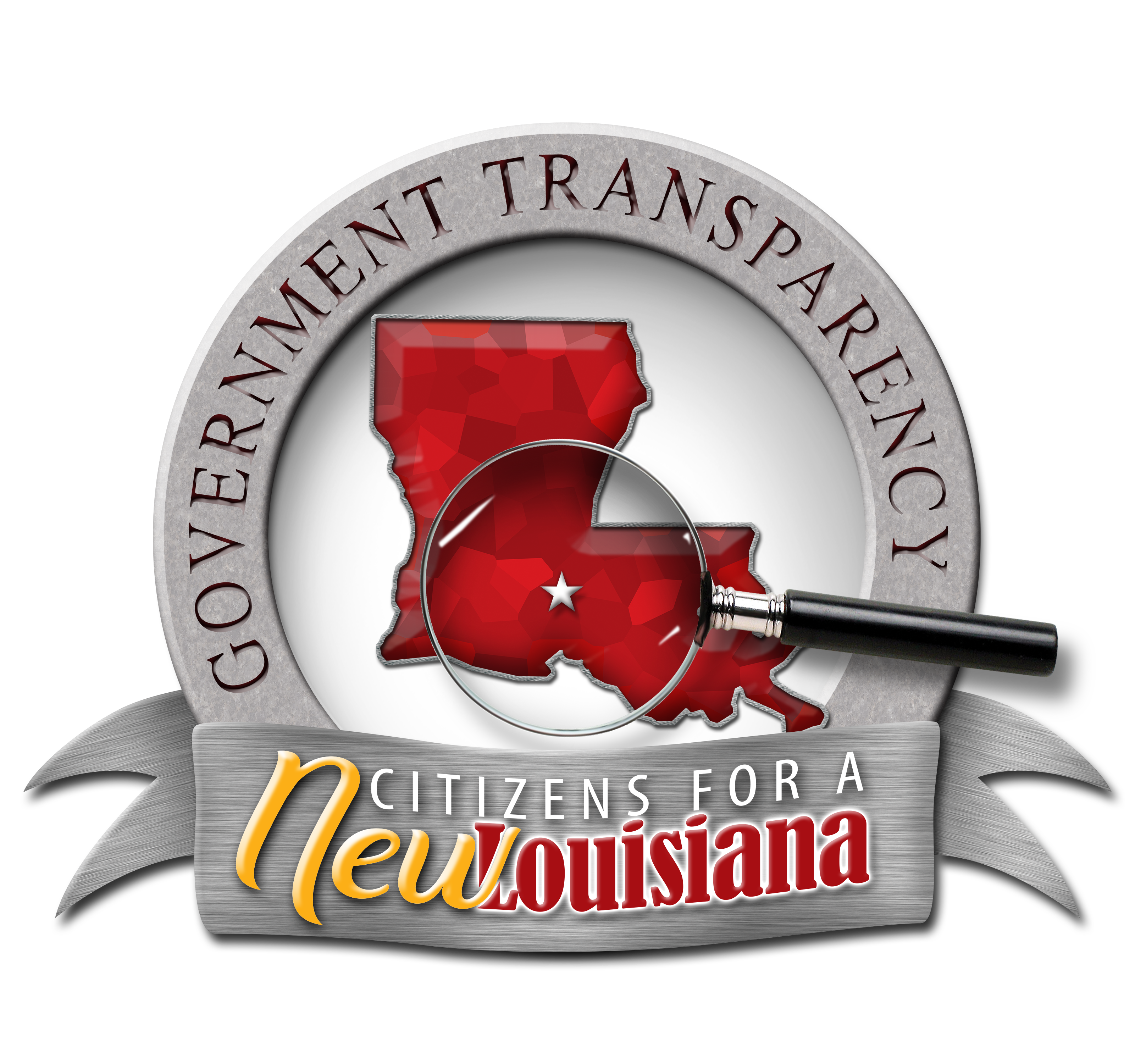It must have been six or seven years ago when we discovered (quite by accident) that the library had morphed into something entirely different than what anyone understood. Back then, if anyone even breathed a question about the library, they were quickly denounced as proponents of illiteracy. The answer was a reflex – made almost too quickly. Very few of us thought very long about it, though. In the distant memories of our childhood, harmless little old ladies in cat-eye glasses guarded the mantle of literacy with stern looks and shushing noises.
Although that old illusion still obscures our libraries, the current iteration is nothing of the kind. Scratching away the thinnest layer of paint reveals that these outward impressions are maintained with nothing more than a witch’s brew of historical perceptions mixed with confidence tricks. The new library has become quite a different beast from what it was historically. It’s become a taxpayer-funded activism machine.
The reason changes, but the goal remains the same
When one argument doesn’t work or loses its potency, the activists shift the language. It’s that old metaphor about throwing spaghetti at the wall to see what sticks. What started as “bigot” became “racist,” then “homophobe,” and now it’s “Nazi book burner.” The purpose of this name-calling is for the target to recoil from the discussion. No one likes being labeled. It’s employed as a very effective technique to get people to shut up and disappear.
Regardless of language or strategy, the end goal never changes. They want you to support (or at least not oppose) erotica in the library children’s section for the reason of your choice.
Something else disturbing about all of this is that the effort appears to be coordinated. Who’s coordinating it, though? Could it be that dingy librarian from Livingston Parish who sued us? Sure, she started that weird anti-censorship cult that has also sued the Lafayette Public Library. However, we have to face facts. She’s really not that bright. All of her talking points predate her and appear elsewhere, sometimes even word for word. So, who’s really behind those talking points?
The American Library Association
That’s right; we’re seeing all kinds of materials promoting this smut from the American Library Association. Once, the ALA was a bastion of literacy that promoted classical authors, timeless knowledge, morals, and the American way. Today, though, they’ve been disseminating focus group-tested, semantically pleasing language to defend vulgar books in library children’s sections. (EDIT: That last link was deleted from the ALA website after this article published. The original, now dead, link was here.) Make no mistake, the word “censorship” was very carefully selected.
First, let’s have a look at another deleted page from the ALA website. It walks librarians through various techniques to become stealth activists. The 2017 guide includes headlines like:
- Tips and tricks to being a secret librarian advocate operative.
- Sneakily fit stuff into current programs.
- Creatively encourage inclusive collection development.
- Firmly defend LGBT items in your collection.
If any of this sounds familiar, it’s because our fateful librarian from Livingston Parish made all of these points a few years later, in 2021. We only recently discovered the podcast in which she discussed pursuing sexual and social justice concepts with children without their parent’s knowledge or permission. In fact, the podcast host praised the librarian for finding ways to turn children into little activists without raising any flags with the school administration or parents.
That last bullet point is particularly telling, by the way. Some of the smut we’ve been finding in children’s sections across the state includes a section on LGBT. That inclusion is a golden ticket to ensure that the entire book (regardless of what else is in it) magically enters some weird, librarian-protected “thou shalt speak no ill” classification.
The Intellectual Freedom Manual
It is also an excellent spot to point out that the ALA has an entire book about dealing with people who complain about erotica in the children’s section. The book is called the Intellectual Freedom Manual. Even the webpage teasing the book has plenty of tips for dismantling parent concerns about vulgar children’s materials. Number four is particularly telling:
If the individual is concerned about a children’s or young adult resource, explain that parents and guardians play a major role in guiding their child’s reading and library use. Often a person’s concern about a children’s or young adult book involves a desire to “protect all children” by removing that item from the collection or restricting access to it. Explain that each family has the right to determine which library resources are acceptable for its children and must accord the same right to other parents.
Of course, this makes sense on the surface. However, it doesn’t address the current practice of interspersing pornographic cartoon books with other innocuous books in the children’s section. The thought process goes like this. If a parent doesn’t like the practice, then they obviously aren’t doing a good enough job of parenting. The impossibly high bar set by the ALA suggests that only a bad parent wouldn’t read every word, jot, and tittle in a library book before allowing their children to see it. Typically, one would consider this hyperbole, but the ALA appears quite serious about this position.
Another prominent (and related) librarian talking point on this issue is, “Children certainly don’t come into the library looking for porn.” Of course they don’t! That’s why it’s been hidden away with the hope that some unsuspecting child might stumble upon it. We know this is precisely what’s going on because it happened at the Livingston Parish library. You can read the parent’s shocking story here.
Listen, but don’t do anything
Point five on the page teasing the Intellectual Freedom Manual provides advice to librarians that’s equally distressing.
Many expressions of concern end after the individual has had an opportunity to express personal feelings about a library resource. The person only wanted to be heard and have his opinions acknowledged. No further action is needed. If this is the case, thank the person for their interest, make notes about the conversation, and file them for future reference. Additionally, report the conversation to the library director or principal.
Again, this is a central strategy that librarians use when dealing with parents. Pat them on the head and send them on their way.
Protected books
One of the worst books we’ve seen is Let’s Talk About It. Here are some blurred and redacted images from that book. The cover art is not blurred or offensive. Once more, I’ll remind you that this book was shelved in the children’s section, which they call “young adult.” That section is “recommended” for sixth-grade (eleven-year-olds). It’s also an excellent spot to remind parents that, while this book has been removed to the adult section in Lafayette, it remains in the children’s section of many other libraries, including the ones in Livingston Parish.
- https://assets.newlouisiana.org/livingston/library/cover-art.jpg
- https://assets.newlouisiana.org/livingston/library/one.jpg
- https://assets.newlouisiana.org/livingston/library/two.jpg
- https://assets.newlouisiana.org/livingston/library/three.jpg
- https://assets.newlouisiana.org/livingston/library/four.jpg
This book is in the grouping that the ALA considers important enough to promote. You can find it right there on the ALA’s porn for kids advocacy website (that’s right, advocacy). There’s even a top ten list of pornographic children’s books that they have reclassified into torches of “intellectual freedom.”
Torches of freedom?
I added the word “torches” because it reminded me of a public relations campaign utilized by cigarette companies in the 1920s. Back then, it was taboo for a lady to smoke cigarettes. However, Big Tobacco realized the tremendous opportunity to parlay the women’s suffrage movement into profits. So, they dubbed their product Torches of Freedom. Next thing you know, the cigarette came to symbolize “rebellious independence, glamour, seduction, and sexual allure for both feminists and flappers.”
That wouldn’t be the last time that Big Tobacco used ingenious public relations ploys to turn a profit. Another echo of Big Tobacco’s past turns out to be strikingly similar to the library porn issue we find ourselves faced with today. That is, using cartoons to trick children into making dangerous lifestyle choices. Starting in the 1970s, Joe Camel was the cigarette industry’s manifestation of this tactic.
Joe Camel’s reincarnation
In 1991, the Journal of the American Medical Association (JAMA) published research indicating that the Joe Camel ad campaign was appealing to children. They found that Joe Camel and the Disney Channel logo were recognized equally among six-year-olds, high school students were more familiar with him than adults, and that Camel’s market share among youth smokers had sharply risen. The research led R. J. Reynolds Tobacco Company (RJR) to a lawsuit in California, and a formal complaint from the Federal Trade Commission (FTC) for “unfair practices” by exposing children to smoking. RJR denied the accusations that they were marketing towards children, but voluntarily ended the campaign in 1997 after increased litigation and pressure from American federal agencies…
… Additionally, [in 1997] the tobacco industry and 40 state attorneys general had just settled on a ban on the use of cartoon figures in cigarette ads.
Everyone knows that children are great observers. Sure, you can talk to them and tell them the right things to do, but children see right through us. Rather than following our verbal advice, they copy what they see. Most responsible adults are pretty aware of this and are careful not to swear excessively around children, for example. Adults also don’t generally copulate in front of children, either. We protect them from harmful experiences and images they aren’t ready for. We certainly don’t want to be responsible for children being “scarred for life.”
This is not a partisan concept, by the way. During the committee meeting, Democrat Rep. Pat Moore said that unsupervised children seeing this kind of vulgar material would try to “act these things out.” That quote comes from the 16 April 2024 Louisiana House Committee on the Administration of Criminal Justice meeting, where Moore supported Freedom Caucus President Beryl Amedee‘s HB545. That bill, which aims to protect children from pornographic materials in school libraries, ultimately passed the committee by a vote of 8-4.
Cartoons promoting sex to children
The link we provided earlier to ALA’s advocacy website for pornography targeting children includes the top ten books being “censored.” I will provide direct links to another website showing you what’s in these books and a few others that aren’t necessarily in the top ten. Concepts and images in these books are explicitly named in the Obscenity Statute. They’re also listed as unsuitable for the library children’s section in Heather Cloud’s library statute from the last session.
- Let’s Talk About It was mentioned earlier, along with a few of our redacted images. However, the link provided here is an incredibly thorough analysis of the whole book, including some unredacted images of pages. This cartoon book is filled with instructions on the proper use of “adult toys” and how to perform a variety of sex acts.
- Gender Queer is a cartoon book worth mentioning. This is the number one most challenged book, according to the ALA. Once you review a few pages of this one, you’ll wonder how any rational person could be promoting such smut. This fictional work is a “graphic novel” (cartoon).
- This Book is Gay includes diagrams on how to perform sex acts on adults, use hookup websites, and advice on hiding everything from your parents. This was the first book that I found and challenged in the Lafayette Public Library children’s section. Although the initial response from the three-librarian panel was to leave this book right where it was in the children’s section, the library director ultimately overrode that decision and moved the book to the adult section.
- It’s Perfectly Normal is another cartoon book bursting with vivid descriptions and cartoon drawings of sex acts.
While not a cartoon book, The V-Word was the book that finally tipped the scales at the Lafayette Public Library. This was the second book I challenged, which unknown librarians also deemed to be appropriate for children. However, everything changed when I read it aloud at the library board meeting. That was the straw that broke Joe Camel’s back — in Lafayette anyway.
Furnishing the means by which we suffer
In 1776, when Thomas Paine wrote that line in Common Sense, he was referring to a government that used our own resources to attack us. They would tax us, then use those resources to pay others to torment, wound, and kill us. How is it any different when local governments use taxes to fund pornography advocates? You are funding the ALA through your own government’s direct payments or filtering money through librarians who fund the ALA with their salaries and expense reports. Either way, you are furnishing the means by which we suffer.
I’ve already shown you how the ALA has even been bragging about advocating for this smut. What’s the answer? House Bill HB777 by another Freedom Caucus member, Kellee Hennessy Dickerson, would end all such payments to an organization that’s been coming for our children’s innocence. It’s been called our best chance to finally get pornography out of our library children’s sections, state-wide.
###










